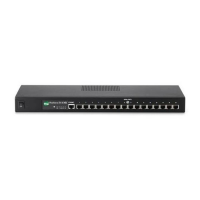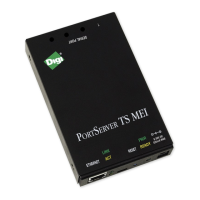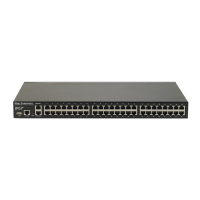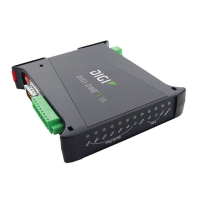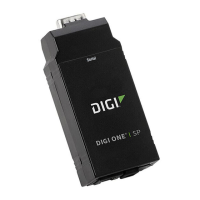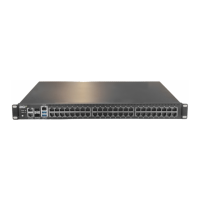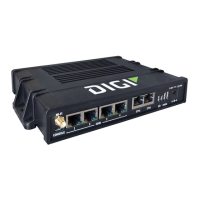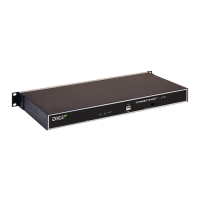Page 210 Troubleshooting 90030500B
Trace Messages
When PortServer II encounters an error or unexpected situation, it may print trace
messages to help the network administrator or other user identify the problem. You
can select trace messages in a specific group if you know the source of the problem, or
you can print all trace messages to help isolate a problem that you do not know the
cause of.
Trace messages are stored in a circular buffer, which is filled with messages of one of
two types, historical or concurrent. In historical mode, the buffer contains all event
messages from the group(s) specified by the user. In concurrent mode, the buffer is
emptied frequently to make room for new messages. Consequently, the buffer occu-
pies less memory when in concurrent mode.
Depending on the mode selected, the events being traced, and the amount of
PortServer II activity, some messages may be dropped. If messages are dropped, the
number of dropped messages is noted in a displayed message.
Under normal operation, you should disable trace messages to reduce processor over-
head which would otherwise slow PortServer II operation.
Enabling Trace Messages
To enable trace messages, enter a command with the following syntax:
set trace [loghost=ipaddress] mode=historical|concurrent
state=on|off|dump syslog=on|off mask=type:severity
loghost
sends trace messages to the host specified by
ipaddress
, which must
support the syslog daemon.
syslog=on
enables this selection.
mode
sets the operation of the trace buffer, either
historical
or
concurrent
.
If
state=on
, all messages in the trace buffer are displayed; when all messages have
been displayed, the trace feature remains active to display new messages entering the
buffer. If
state=off
, no trace messages are displayed. If
state=dump
, all mes-
sages in the buffer are displayed, then the state returns to off.
mask
specifies the group(s) and severity of message to trace. When troubleshooting,
you will normally only be concerned with the CRITICAL and WARNING severity
messages.
For example, if you want to display historical trace messages for all groups and all
severities, enter:
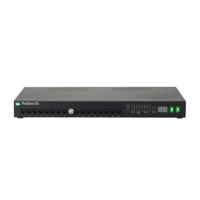
